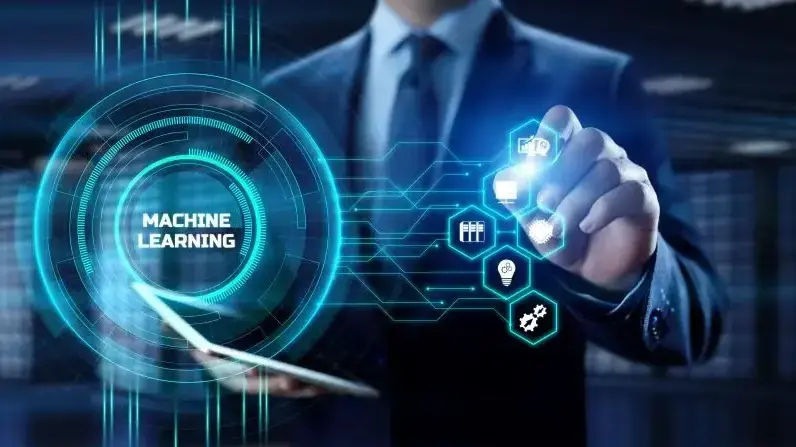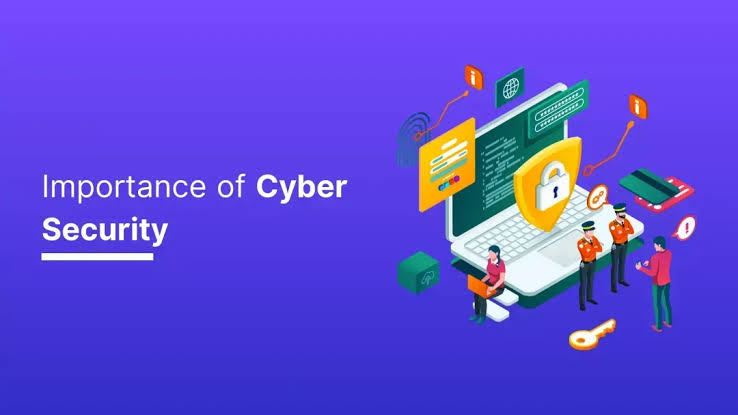Accessibility remains a vital aspect of building an inclusive society, ensuring that people with disabilities can participate fully in all aspects of life—education, employment, communication, transportation, and recreation. As of July 2025, technology has become a powerful enabler in bridging the gap between limitation and possibility. From assistive devices and AI-powered tools to smart home systems and inclusive digital platforms, technological innovations are helping individuals with physical, sensory, cognitive, and developmental disabilities live more independently and engage more actively in the world around them.
With over a billion people globally living with some form of disability, according to the World Health Organization, the push for technological accessibility is more than just a humanitarian goal—it is also a matter of social and economic urgency. As technological advancement accelerates, the focus is now shifting from merely accommodating disabilities to proactively designing solutions that empower users and celebrate diversity in human experience.
Assistive Technologies for Physical Disabilities
Physical disabilities often present challenges in mobility, dexterity, and physical interaction with the environment. Modern technology has evolved to meet these challenges through the development of advanced mobility aids, wearable robotics, and adaptive devices that make daily activities more manageable.
Wheelchairs have become smarter and more versatile. As of 2025, many modern wheelchairs are equipped with sensors, GPS, obstacle detection, and even autonomous navigation capabilities. Companies are developing wheelchairs that respond to voice commands or can be controlled through smartphones, enhancing mobility and freedom for users in both indoor and outdoor settings.
Exoskeletons are another groundbreaking innovation, providing powered assistance for people with paralysis or muscular disorders. These wearable robotic suits support and enhance walking, standing, and even climbing stairs. Though still expensive and limited in availability, advances in materials and software are gradually making these devices more affordable and adaptable for everyday use.
Enhancing Communication Through Technology
For people with speech or hearing impairments, communication can be one of the most significant hurdles. Fortunately, technology is offering powerful tools to bridge that gap. Speech-generating devices, text-to-speech apps, and sign language translators are helping users express themselves more effectively in real-time situations.
As of July 2025, AI-powered communication apps can now translate spoken language into sign language and vice versa using real-time video and gesture recognition. Some wearables are embedded with microphones and vibration systems that convert sounds into tactile signals, helping users with hearing impairments become more aware of their surroundings.
Voice assistants like Google Assistant, Siri, and Amazon Alexa have also evolved to better understand a wider range of speech patterns and accents, including those affected by disabilities such as cerebral palsy or ALS. These systems provide users with hands-free control over their environment, from making calls to adjusting lighting and temperature.
Visual Impairments and Inclusive Interfaces
For individuals with visual impairments, navigating physical and digital environments can be a complex task. However, a range of tools and applications are addressing these challenges by offering alternative ways to access information and move through space.
Screen readers and braille displays continue to be essential tools for blind and low-vision users, converting text into synthesized speech or tactile braille. The latest versions are now integrated with AI that provides contextual descriptions of images, charts, and graphs, making digital content more accessible.
Wearable smart glasses have also become more advanced in 2025. Some models can identify objects, read text aloud, and even recognize facial expressions to convey emotional cues to the user. Apps like Seeing AI and Be My Eyes are connecting visually impaired individuals with sighted volunteers or using AI to provide audio guidance in unfamiliar settings.
Public infrastructure is improving as well, with cities installing smart crosswalks, audible traffic signals, and location-based navigation tools designed specifically for people with visual impairments.
Cognitive and Developmental Support
Technology is also playing a vital role in supporting individuals with cognitive or developmental disabilities such as autism, Down syndrome, and ADHD. These individuals often benefit from structured routines, visual cues, and simplified communication, all of which can be enhanced by digital tools.
Tablets and apps designed with cognitive accessibility in mind offer visual schedules, step-by-step instructions, and emotion recognition tools. These tools help users manage daily tasks, learn new skills, and navigate social situations more effectively.
Wearables like smartwatches with customizable reminders can prompt users to take medication, attend appointments, or follow routines. Some devices also include GPS tracking and emergency alert systems, providing peace of mind for both users and caregivers.
In educational settings, adaptive learning platforms are offering personalized content that adjusts based on a student’s pace, comprehension, and learning style. These tools help close learning gaps and provide inclusive opportunities for academic success.
Smart Homes and IoT Integration
The rise of the Internet of Things (IoT) has transformed traditional living spaces into smart homes that offer greater independence to people with disabilities. Voice-activated systems can control lights, doors, thermostats, and appliances, eliminating the need for physical switches and manual operations.
Smart doorbells with video capabilities, voice-controlled cooking devices, and robot vacuums are just a few examples of how the home can be tailored to support diverse needs. Home automation not only improves convenience but also enhances safety for users who may have mobility or cognitive impairments.
As of 2025, some companies are exploring AI-driven smart homes that learn from user behavior to anticipate needs and prevent accidents. For example, systems can detect when a stove has been left on or when a person has fallen, triggering automatic alerts to emergency services or caregivers.
Challenges and Considerations
Despite the progress, barriers remain. One of the main challenges is affordability. Many advanced assistive technologies come at a high cost, making them inaccessible to low-income individuals and families. Insurance coverage and public subsidies vary widely across regions, leaving gaps in access.
Digital literacy is another obstacle, particularly among older adults or those with limited exposure to technology. Without proper training and support, the very tools designed to enhance accessibility can become confusing or intimidating.
There is also the issue of design. Not all tech developers prioritize accessibility in their products, leading to interfaces or devices that are difficult for people with disabilities to use. Inclusive design—where accessibility is built into the initial planning stages—needs to become the industry standard rather than an afterthought.
Final Thoughts
Technology holds enormous promise in creating a more inclusive and accessible world for people with disabilities. From enhancing communication and mobility to supporting cognitive function and independent living, the innovations of 2025 are helping to break down longstanding barriers.
However, the true potential of technology will only be realized if accessibility becomes a universal priority—built into policies, products, and public spaces from the ground up. As we continue to advance into the digital age, we must ensure that no one is left behind, and that the tools we create serve the full spectrum of human experience. The future of accessibility depends not just on innovation, but on intentional inclusion.



